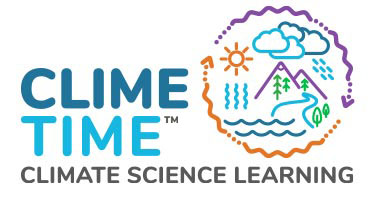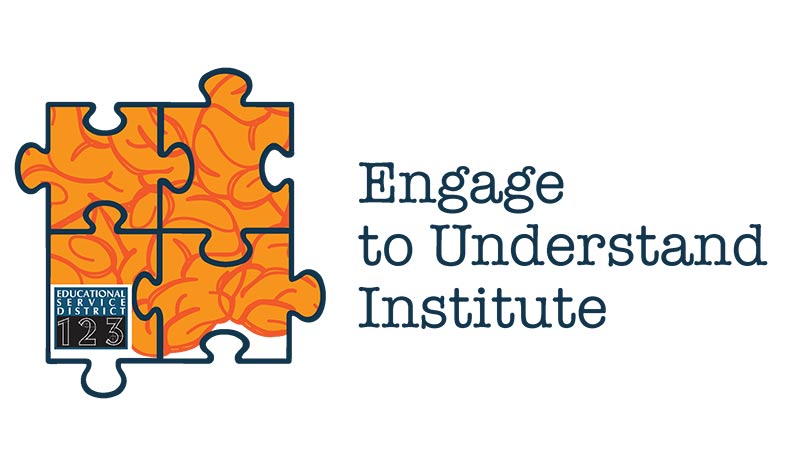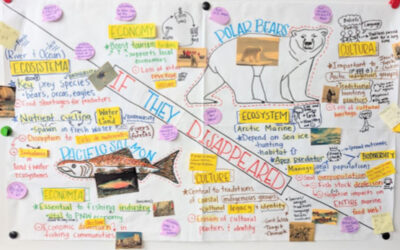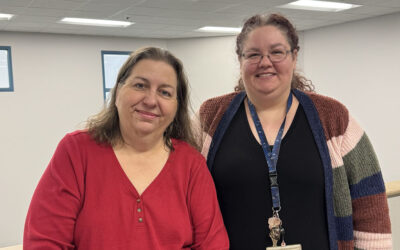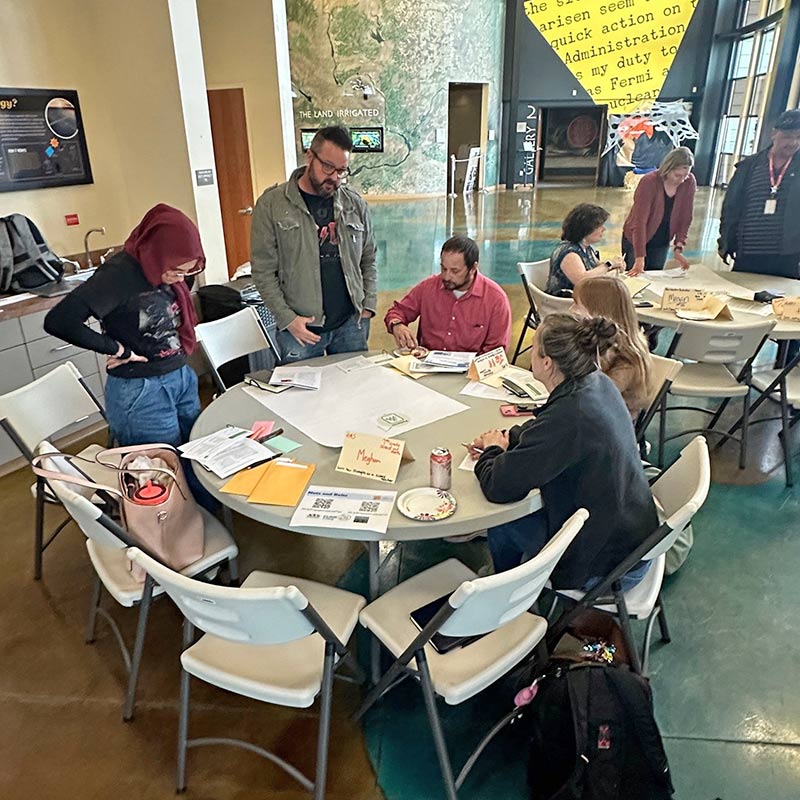
Teachers discussing patterns in climate
Educators from Kennewick, Washington, recently gathered at the REACH Museum in Richland to explore how to make science learning more meaningful for their students. The setting—a stunning view of the Columbia River—helped set the stage for discussions on how climate change impacts the local environment and how science teachers can engage students in this critical topic. Organized by the “Engaged to Understand” Institute, a collaborative project with ESD 123 and the Kennewick School District, this professional learning series focuses on helping educators teach science through “sense-making” and the essential cross-cutting concepts in the NGSS ( Next Generation Science Standards).
The institute is designed to encourage teachers to model how teachers can foster sense-making and student discourse around complex science topics. As the educators met, they discussed how climate change affects the Tri-Cities region’s snowpack, rivers, irrigation systems, and agriculture. Their guiding question was: How does climate change impact Washington’s snowpack, and what strategies can we develop to manage this valuable resource sustainably?
This question opened the door for participants to approach science from multiple angles, especially through the lens of the “cross-cutting concepts.” These concepts help students look at science phenomena from different perspectives, making it easier to understand and solve complex problems. For example, teachers considered the idea of patterns by analyzing historical data on snowpack levels, water flow, and irrigation needs. Another group considered starting with a systems approach, examining the interconnected parts of the water cycle—from snow accumulation in the mountains to the timing of agricultural irrigation.
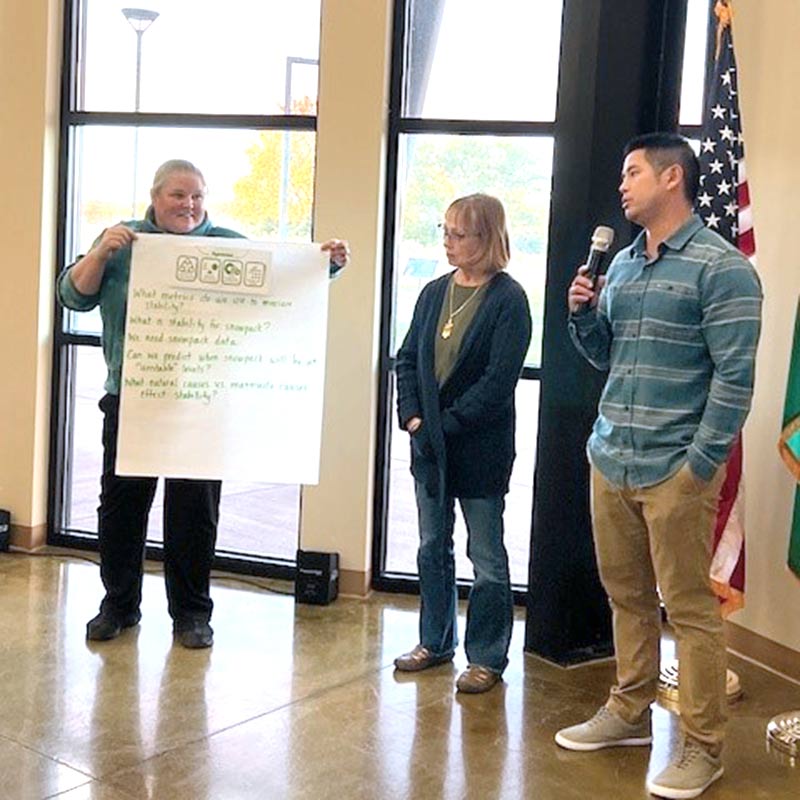
Sharing ideas about the CCCs are a lens for sensemaking
Some groups pondered the idea of a focus on cause and effect, potentially examining the impacts on local species like the lamprey, sturgeon, and salmon, which rely on consistent river flows for survival. They considered how climate shifts could disrupt these species’ habitats and what might be done to protect them. By using these cross-cutting approaches, educators explored how sense-making strategies can help students not only understand scientific concepts but also see themselves as part of the solution to these challenges.
The session concluded with discussions on how these strategies could be applied in classrooms. Educators considered how to engage students using these cross-cutting concepts, encouraging them to approach units of study from various perspectives. By using sense-making, students could dive into science and engineering practices to DO the investigating next, leading to relevant data and engaging in arguments that promote critical thinking and collective sensemaking.
This was just the first of three sessions in the series, where educators will continue to explore how to integrate cross-cutting concepts into science education, preparing students to be thinkers and problem solvers for the future.
